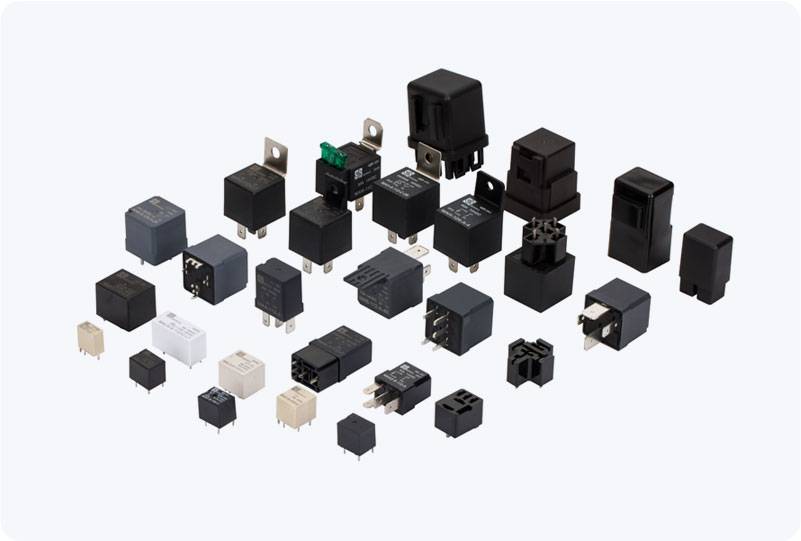Industrial Power Relays (IPRs) play a pivotal role in the control and protection of motor systems in various industrial settings. These relays, often integrated into motor control circuits, help manage the complex tasks of switching, protecting, and monitoring electrical circuits. The combination of reliability, cost-efficiency, and versatility makes them indispensable components in industrial motor control applications. This article delves into the essential functions, features, and applications of Industrial Power Relays in motor control, emphasizing their contribution to enhancing operational efficiency and safeguarding electrical systems.

The Function of Industrial Power Relays in Motor Control At its core, an industrial power relay is an electrically operated switch that enables the control of high-power circuits using low-power control signals. In motor control systems, IPRs are typically used to switch motors on and off, protect motors from overcurrent or overload conditions, and ensure smooth and safe operation. The relay essentially acts as the brain behind the motor’s power management, responding to electrical signals and adjusting the motor’s power supply accordingly. Motor Starting and Stopping Industrial power relays are primarily used to start and stop motors in an efficient and safe manner. When a control signal is received from a control system, the relay closes or opens the circuit, allowing current to flow to the motor or cutting off the power when the motor is not required to operate. This feature is critical for ensuring that the motor operates only when necessary, reducing energy consumption and enhancing system longevity.